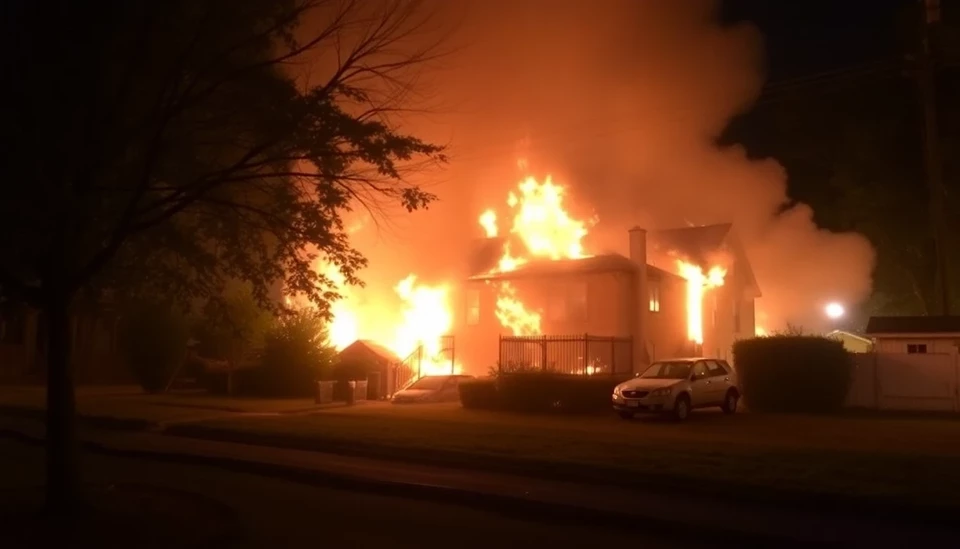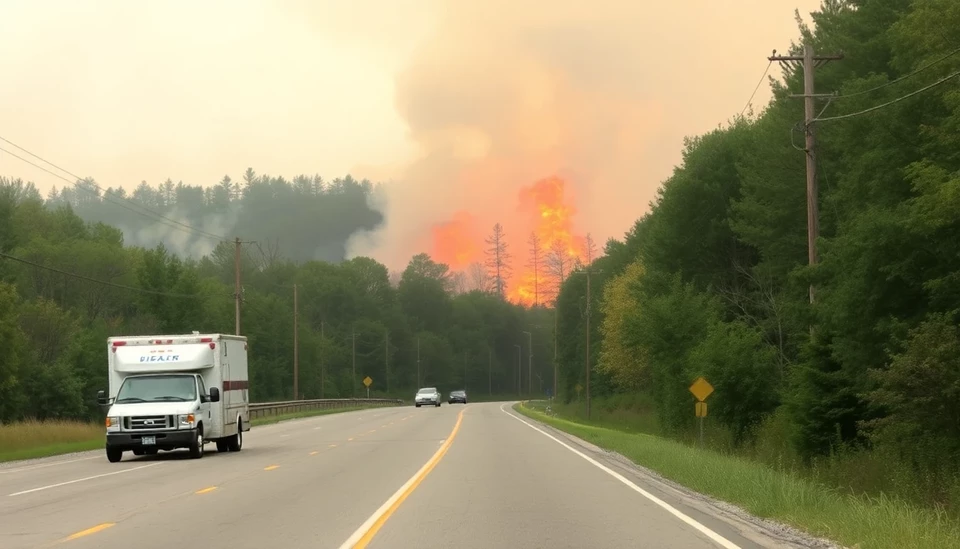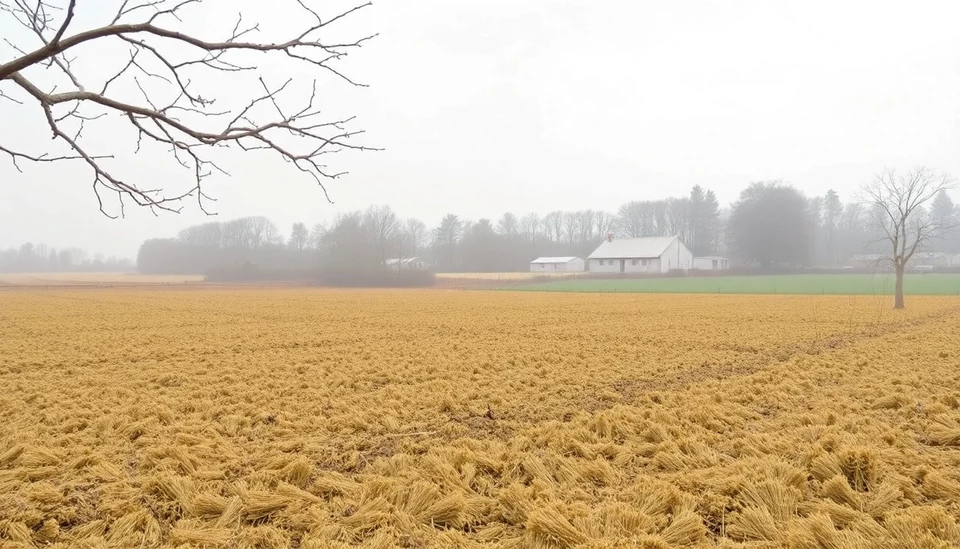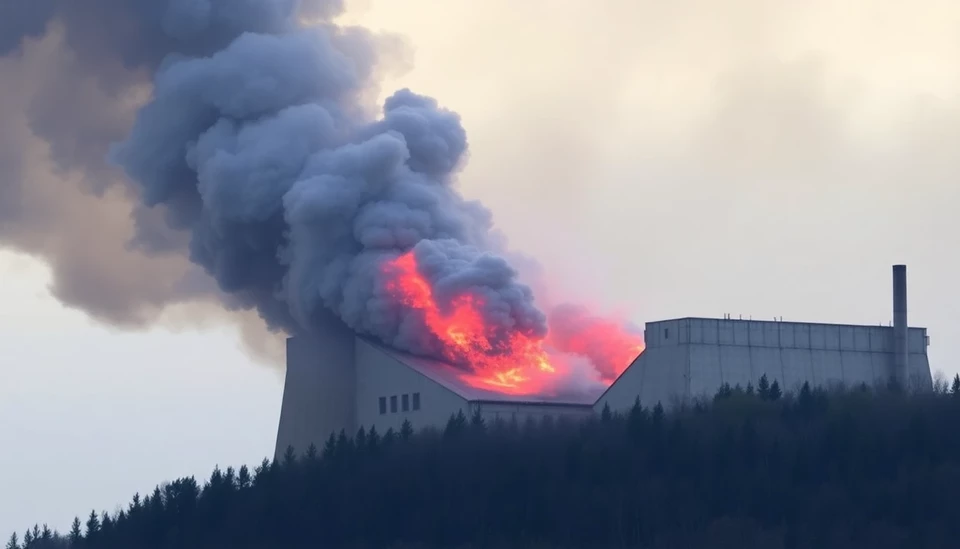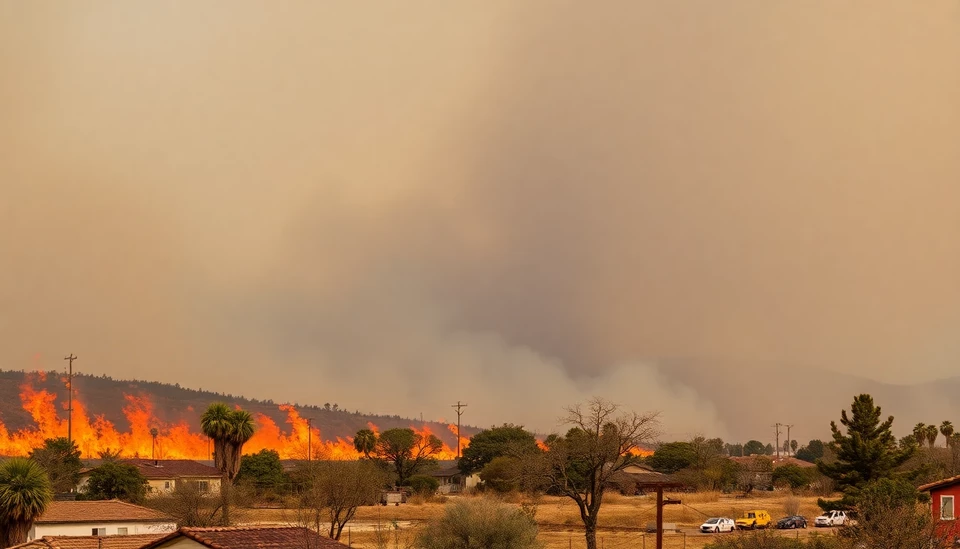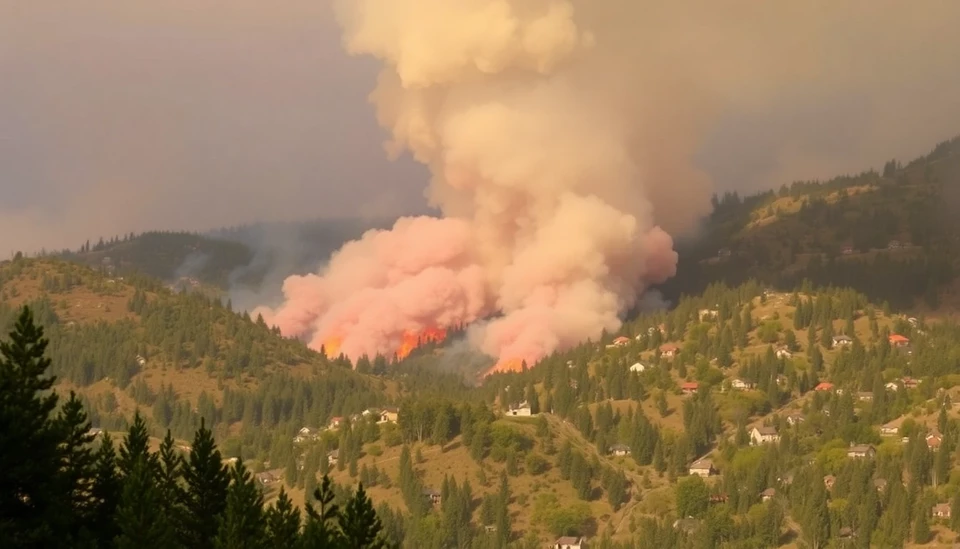
The recent wildfire events in Eaton and Palisades have sparked a significant conversation about the increasing number of people moving into high-risk areas prone to such natural disasters. As the landscapes of these historically fire-prone zones change with the addition of new residents, the implications for safety and environmental impact deepen.
Data indicates a concerning trend: more individuals are settling in locales that are not only scenic but also susceptible to devastating wildfires. This phenomenon puts communities at greater risk, raising questions about preparedness, response strategies, and the sustainability of such growth.
Experts are warning that as urbanization continues to creep into these dangerous territories, it's not just the immediate safety of residents that is at stake. The long-term ecological impacts must also be considered, as wildfire frequencies and intensities are projected to increase due to climate change. This creates a precarious situation where the very landscapes that attract people could become deadly.
Cities like Eaton and Palisades, which have become increasingly populated over the years, are now on alert. Local authorities are grappling with how to address the growing population's safety needs while balancing the ecological health of the region. There is a pressing need for comprehensive fire safety education for residents, as many newcomers may not be aware of the risks inherent in these areas.
This situation has prompted a review of existing fire management policies. Adequate measures must be taken to ensure that fire response systems are not only capable of handling current threats but are also adaptable to the rising number of inhabitants in these vulnerable zones.
The influx of residents into these at-risk areas poses a dilemma for local governments and emergency services. Strategies must evolve to enhance infrastructure resilience, enforce stricter building codes, and improve community preparedness. Engagement with residents through classroom-style workshops and community drills could be crucial in equipping individuals with the knowledge and skills needed to respond effectively in emergencies.
Environmentalists are also raising alarms about the risk of fire-related damage to local ecosystems. As human activity increases in these areas, the natural fire regimes that help maintain ecological balance are being disrupted. This could have cascading effects on wildlife, flora, and water resources, further complicating the interplay between urban development and nature.
In conclusion, the uptick in habitation within fire-prone regions exemplifies a precarious balance between desire for idyllic living spaces and the harsh reality of climate change-induced risks. As winter approaches and dry conditions persist, the focus must shift not only on managing current fire threats but also on crafting a vision for sustainable growth that considers safety, community systems, and environmental integrity.
To address these challenges proactively, a collaborative approach involving residents, local authorities, and environmental agencies will be critical. As communities work to forge a path forward, the lessons learned from the Eaton and Palisades fires will serve as vital signposts toward a safer future.
#wildfire #Eaton #Palisades #climatechange #urbanplanning #firesafety #communitypreparedness #environment
Author: Peter Collins
